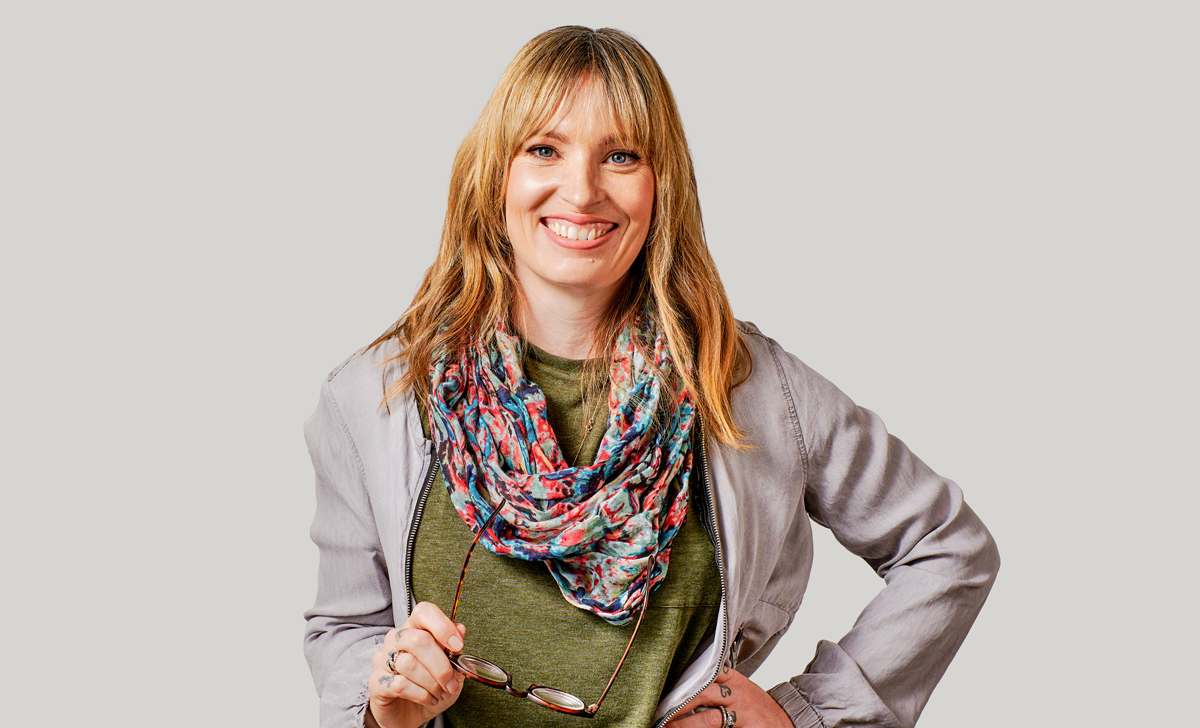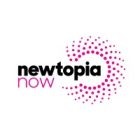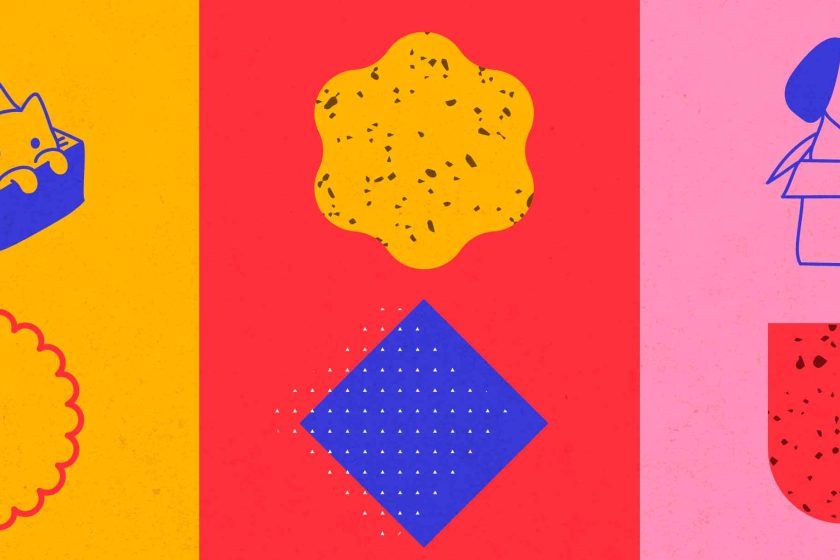

The grocery retail environment is like no other. It’s chaotic and full of implications at every turn. Moreover, consumers are emotional and unpredictable … on a good day. Vetting branding through research in CPG design can help put your strategy into multiple contexts and scrutinize each angle for success.
Your agency might administer ethnographic and consumer insight research in many fashions––from qual to quant, through neuromarketing, in-person, or online surveys. The best research demands a careful look at the intersection of anthropology, sociology, and psychology for the participants and those conducting the study.
The best research demands a careful look at the intersection of anthropology, sociology, and psychology.
A few standard methods to dive into the hearts of minds of the consumer are thus:
Retail Research in CPG Design
The confluence of multiple shopping experiences now needs to be accounted for, especially when the focus of the product is at the retail level. Shoppers don’t make decisions in a vacuum; on any given shopping trip, they can traverse a dozen aisles, and some regularly attend up to three different grocery stores. Ensuring you are testing designs against multiple environments is critical; shelf location and lighting impact the shopper’s experience and vary by retailer. Shop-along is an excellent methodology; utilizing various planograms in either qual or quant can help ensure success.
Shopability Research
Similarly, on-pack shopability is a worthy objective for design research. Digital tools like heat mapping and eye-tracking can aid in-depth interviews (IDI) in focus groups, as those tend to get the most biased results. Also, consider the legibility of type at shelf range or scale of design elements in the context of competition. Creating a testing environment closest to reality in-store is ideal, and tangible mock-ups are essential. This research helps determine the success of brand-blocking consumers’ ability to identify their products; it’s beneficial for brands with large systems comprised of many SKUs.
Demographic and Ethnographic Research
At home or in-store, one conducts this research through exercises including interviewing, shop alongs, and even role-playing to help understand how a design might perform in different ethnographic environments and vet any cultural implications or red flags. Whereas retail research considers things like shelf locations, lighting, and aisle organization, ethnographic research considers race, age, and gender of shoppers. Also, place in terms of neighborhood and regional (or even international if a global brand) nuances are weighed. EX: Does your product work as well in an inner-city Jewel Osco as it does in the burbs of Indiana?
Retail, shopability, and demographic research could be done in conjunction with one another. Still, it’s important to sort by objective and have enough of a range of questions and considerations to cover all three without becoming tedious or losing the participant’s interest. Also, your target demographics may vary per objective, so it may not make sense to round-peg ethnographic research into shopability.
Outside of package design and branding, consumer research will offer compelling insights that can benefit your messaging and marketing strategy. It’s invaluable.
Looking for a research partner recommendation? Check out Behaviorally.
Find more articles here on research in CPG design.









